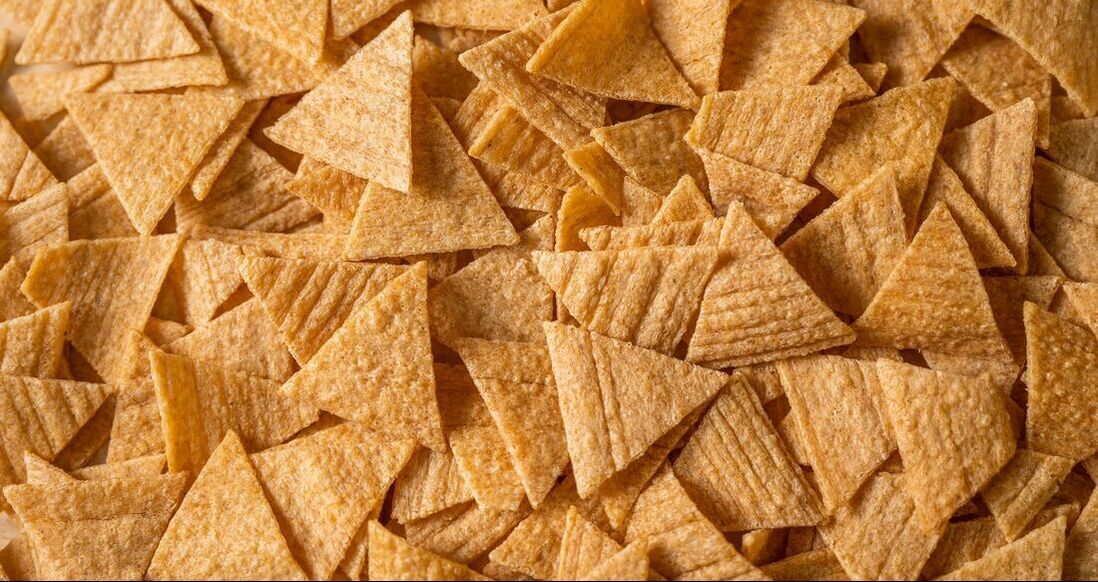As awareness grew about the benefits of whole grains – containing the bran, germ, and endosperm – these ingredients gained prominence for their fibre, vitamins, minerals, and antioxidants. This shift prompted food manufacturers to revaluate processing techniques and formulations. Whole grain snacks and cereals began to take centre stage, appealing to health-conscious consumers seeking balanced diets without compromising on taste.
The journey from heavily processed, sugar-laden snacks and cereals to the development of whole grain options has therefore been driven by a growing understanding of nutrition and consumer demands for healthier choices. The incorporation of whole grains, aided by advanced processing methods, has resulted in a new generation of snacks and cereals that not only offer improved nutritional value but also capture the essence of taste and convenience, reflecting the dynamic evolution of the modern food industry.
Benefits of whole grain productsIncorporating whole grains into snacks and breakfast cereals offers a dual advantage of financial savings and enhanced health benefits. From a financial perspective, using whole grains can lead to cost efficiency. Whole grains, compared to refined grains, often have lower production costs due to fewer processing steps required to remove their nutritious components. This cost-effectiveness can positively impact manufacturers’ bottom lines while delivering better value to consumers.
From a health standpoint, the benefits of using whole grains are substantial. Whole grains are rich in dietary fibre, which aids digestion, promotes satiety, and helps manage weight. The complex carbohydrates found in whole grains release energy gradually, providing sustained fuel and preventing sharp spikes in blood sugar levels. Additionally, whole grains are abundant in vitamins (like B vitamins) and minerals (such as magnesium, iron, and zinc), supporting various bodily functions and overall well-being.
The high fibre content of whole grains contributes to heart health by lowering cholesterol levels and reducing the risk of cardiovascular diseases. Moreover, the antioxidants present in whole grains combat oxidative stress, potentially lowering the risk of chronic illnesses like diabetes, certain cancers, and inflammation-related conditions.
Choosing whole grains for snacks and breakfast cereals therefore translates to financial savings due to reduced processing costs. Simultaneously, these products offer health benefits through their rich fibre, nutrient, and antioxidant content, promoting digestive health, balanced energy release, and contributing to the prevention of various chronic diseases. This dual advantage appeals to both manufacturers and health-conscious consumers, aligning profitability with public well-being.
Barriers to using whole grains for snacks and breakfast cereals
The adoption of whole grains in snacks and breakfast cereals has faced certain barriers stemming from technical, sensory, and consumer perception challenges. Firstly, the diverse nature of whole grains – differing in particle size, moisture content, and starch characteristics – can complicate processing. These variations require adjustments in extrusion and formulation to ensure consistent product quality and texture, which can increase production complexity.
Secondly, the distinctive taste and texture of whole grain-based products can differ from their refined counterparts, potentially affecting consumer acceptability. The perception of whole grains as having a coarser texture or stronger flavour may hinder their widespread appeal, necessitating innovative formulation and flavour masking techniques to overcome this hurdle.
Consumer misconceptions about whole grains also pose barriers. Some consumers may associate whole grains with dull, unappetizing food, deterring them from trying such products. Education about the nutritional benefits and palatability of whole grain-based snacks and cereals is crucial to dispel these myths and encourage consumption.
Additionally, economic factors come into play. Whole grains, particularly when less processed, might have shorter shelf lives due to the presence of natural oils that can turn rancid. This can lead to potential inventory management challenges for manufacturers. Using twin-screw extruders with adequate processing conditions can mitigate this problem.
In conclusion, barriers to using whole grains in snacks and breakfast cereals encompass technical complexities in processing, sensory challenges related to taste and texture, consumer misconceptions, potential shelf-life issues, and economic considerations. Overcoming these barriers requires a combination of innovative processing techniques, consumer education, and effective marketing strategies to promote the health benefits and palatability of whole grain-based products.

